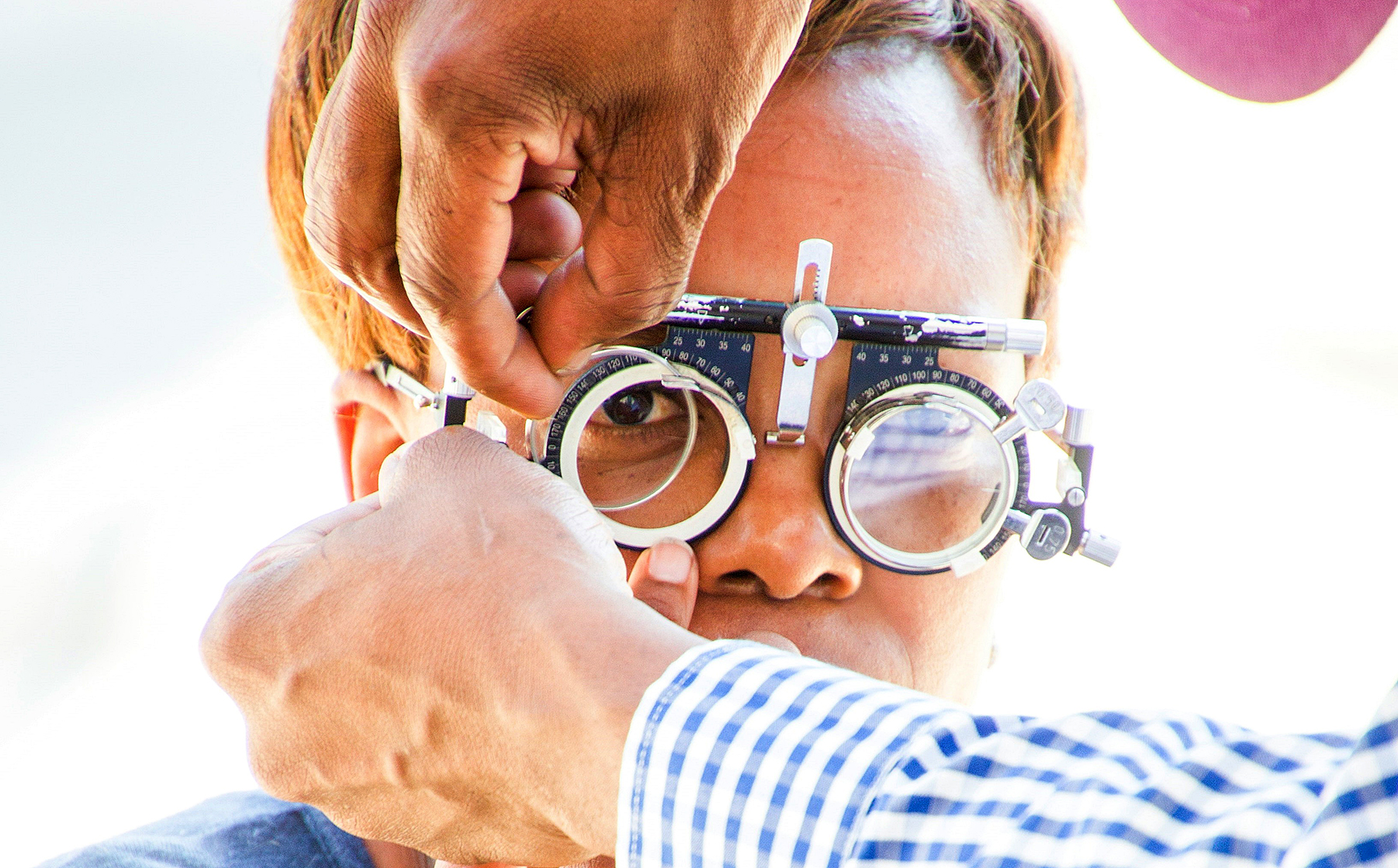Avoidable blindness and vision impairment are major global health concerns. The World Health Organization (WHO) estimates that at least one billion people worldwide have a vision impairment that could have been prevented or treated. In 2020, there were an estimated 11 million people living with some degree of vision loss in South Africa, of which 370,000 were classified as blind.
Avoidable blindness caused by uncorrected refractive error (vision problems that require spectacles or contact lenses), and cataracts can be well managed in the presence of a capable workforce that is both accessible and affordable to the public. As such, optometrists are crucial in combating avoidable vision loss. Their expertise in conducting comprehensive eye examinations, diagnosing and managing some eye diseases, prescribing corrective lenses, and providing preventive care is vital for reducing the burden of avoidable blindness.
But the current landscape of optometry services in South Africa reveals significant gaps in both governance and resource allocation.
The distribution of optometrists in South Africa is far from optimal. As of April 2023, there were approximately 4,200 registered optometrists and 580 ophthalmologists in the country. While this is a considerable number of people trained to provide primary eye care services, the 6.7% serving the public sector – compared with 93.3% serving the private sector – is simply inadequate and has created stark disparities.
The available evidence points to an urban-rural divide in optometry services, with only 262 optometrists employed in the public sector nationally, and disproportionately between and within provinces. It means that rural and poor communities, where a significant portion of the population lives, have very limited access to essential eye care services.
Further deepening the disparities in access to essential eye care is the government’s fragmented and inconsistent approach to eye health across provinces, resulting in some areas lacking any public eye care services, while others depend on external providers.
Training misalignment
All of these challenges come against the backdrop of substantial state investment in the training of optometrists. The government funds their training at several universities across the country. However, the majority of these graduates are absorbed into the private sector. In some instances, students trained on state bursaries struggle to get placed in the public sector.
This misalignment highlights a fundamental flaw in how public funds are utilised, with minimal benefit to the broader population that relies on public healthcare. It also contradicts the government’s mandate to provide progressive solutions to improve access to healthcare for all, as enshrined in the Constitution.
https://www.youtube.com/watch?v=uVSgxgFoys4
These ongoing governance gaps and the inefficient use of state resources also represent significant barriers to achieving health equity in South Africa, as expressed in the government’s plans for National Health Insurance (NHI). And while the implementation of NHI aims to bring our country closer towards universal health coverage, it is not yet clear whether, and to what extent, vision and eye care services will be included in the envisioned basket of services.
A lack of a clear plan could result in a missed opportunity to integrate optometrists into the primary healthcare system nationally.
What to do
Firstly, there needs to be an urgent reassessment of the costs to train optometrists against the benefits to the broader public. Are we training too many optometrists currently? Could the government initiate engagements with thought leaders and support partners to develop a community service and costing exercise to address the inequity and lack of access to eye health services, and simultaneously address the employment of optometrists within the public health space?
Secondly, the National Department of Health should establish a dedicated directorate for eye health services, which should be integrated within provincial health structures. This unit should spearhead a comprehensive data collection system for vision and eye health that could be used to accurately assess needs, allocate resources, and plan effectively.
Calls for such a dedicated directorate have been made through scientific recommendation for more than a decade. But there has been no meaningful response and action from the health department and related decision-making entities.
Disproportional distribution
Thirdly, the principles behind NHI offer a medium-term solution to address the disproportional distribution of optometrists. Through the establishment of NHI-style public-private partnerships, private sector capacity can be leveraged to serve people who depend on the public sector. Such a public-private partnership will have to have transparency, accountability, and data integrity built into its structures. This would allow provinces and districts to monitor accurate data, and provide feedback that would help shape and improve services.
In summary, the health department stands at a critical juncture, where the systemic imbalances in optometrist distribution and vision care services have now become acute – with people in South Africa paying a very concrete and personal price in the form of avoidable vision loss. Delays in governance processes have historically hampered progress, but the need for swift and informed action is now paramount. The principles of public-private partnership that underlie the NHI point to a solution, but the urgency of the crisis means we do not have the time to wait for the full NHI plans to be rolled out – by the government’s own admission that will take many years. People losing their eyesight today simply can’t wait that long.
*Majid and Sparks are Global Atlantic fellows for Health Equity in South Africa and advocates on the National Eye Health Advocacy Project led by USAWA for learning and healing, a civil society organisation committed to reforms for health equity and social justice.
*This article was first published by Spotlight – health journalism in the public interest. Sign up to the Spotlight newsletter.





